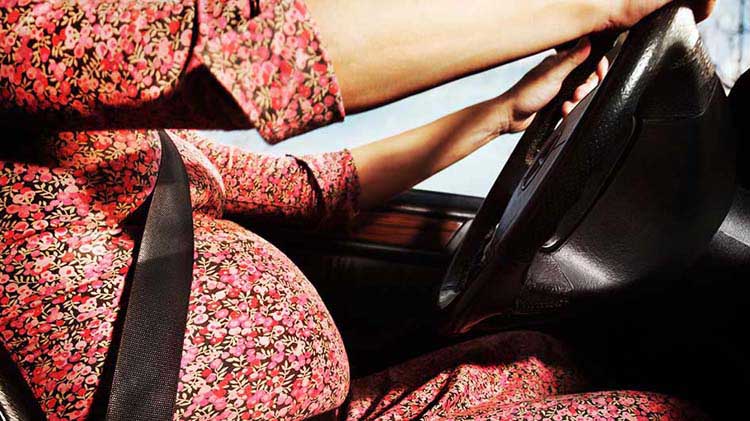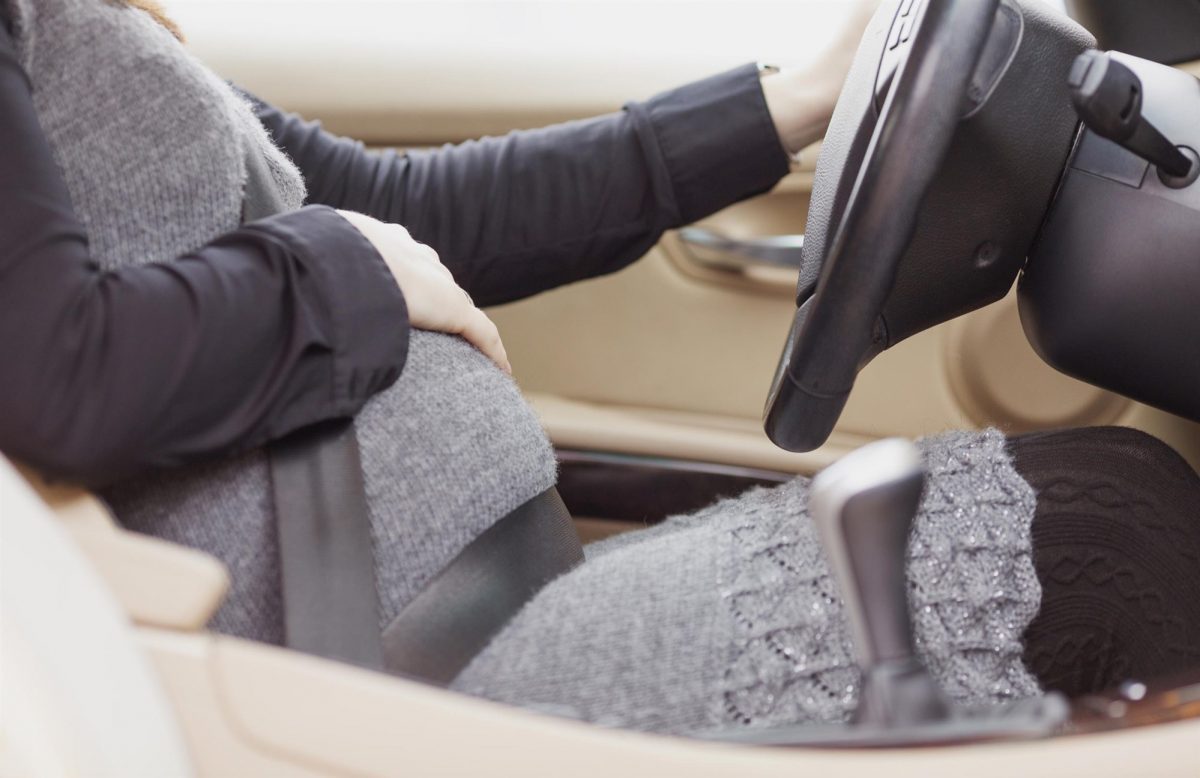How To Drive Safe While Pregnant
Safety belt adjustments, plus more safe driving tips for when you’re driving for two.

According to a study from the University of Michigan, pregnant women are involved in almost 170,000 car crashes every year. Also, research conducted by the American Journal of Preventive Medicine indicates that car crashes can increase the risk of preterm labor and other dangerous complications.
Safety belt tips
If you’re expecting, protect yourself and your precious passenger by wearing your safety belt correctly. Here’s how:
- Travel in vehicles equipped with three-point restraints. This system consists of a lap and shoulder belt.
- Place the shoulder belt between your breasts and to the side of your belly. The belt should fall across the center of your shoulder and chest, away from your neck.
- Do not wear the shoulder belt under your arm or behind your back.
- Secure the lap belt under your belly so it sits low on your hips.
- Never let the lap belt lie across or above your stomach.
- Adjust the belt’s fit so it’s snug but comfortable. If you travel during cold weather, warm up your vehicle before you get in so you can shed a heavy coat that might cause the belt to not fit properly.
Additional precautions
Wearing your belt properly is just one safety measure to take in the car. Keep these pointers in mind:
- If you feel extra tired, nauseated, or dizzy, don’t drive. If these symptoms come on suddenly, pull over safely and rest, or walk around a bit until you feel better.
- Make sure your air bag system hasn’t been disabled or shut off. The National Highway Traffic Safety Administration and the American College of Obstetricians and Gynecologists agree that air bags used in conjunction with safety belts help keep pregnant women and their babies safer.
- As much as possible, avoid sharp, fast turns and sudden braking while driving.
- Sit a safe distance from the steering wheel and dashboard. Move your seat so your breastbone is at least 10 inches from the steering wheel at all times. Tilt the wheel so it points toward your breastbone.
- If your belly grows too large to allow you to turn comfortably, reach the pedals or otherwise drive safely, catch a ride with others until after the baby is born.
- When you aren’t driving, sit in the back seat for further protection.
- If you are involved in a car accident, see your doctor right away to get checked over — even if you feel fine.
When your little one arrives, it’s important to keep him or her buckled in properly, too.
